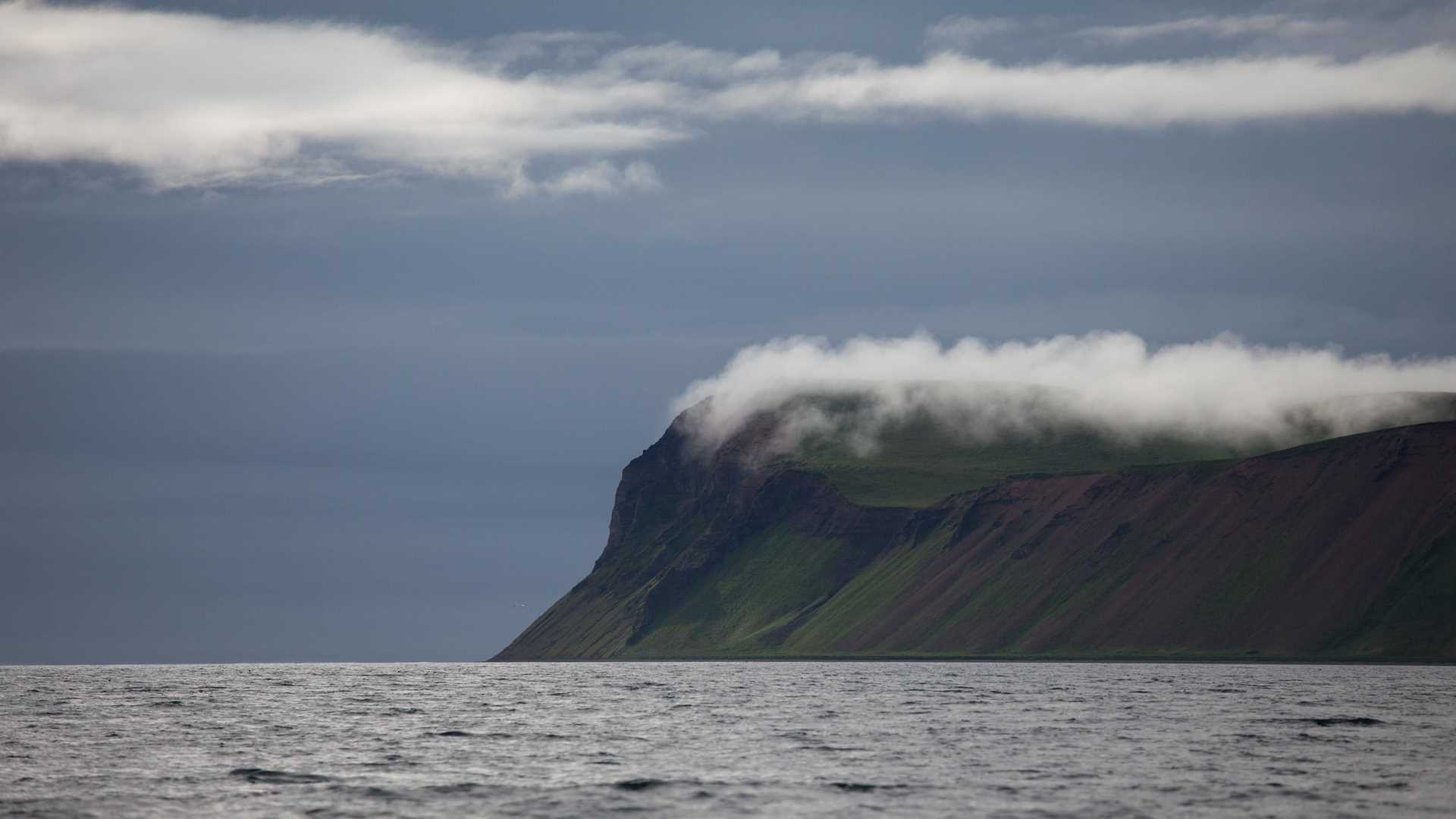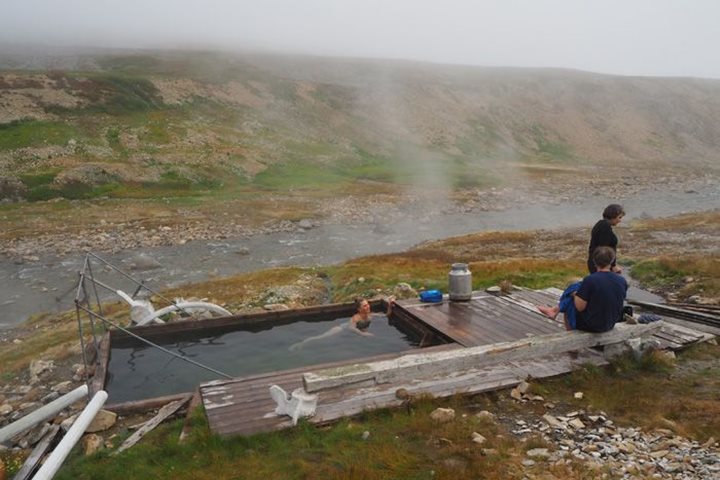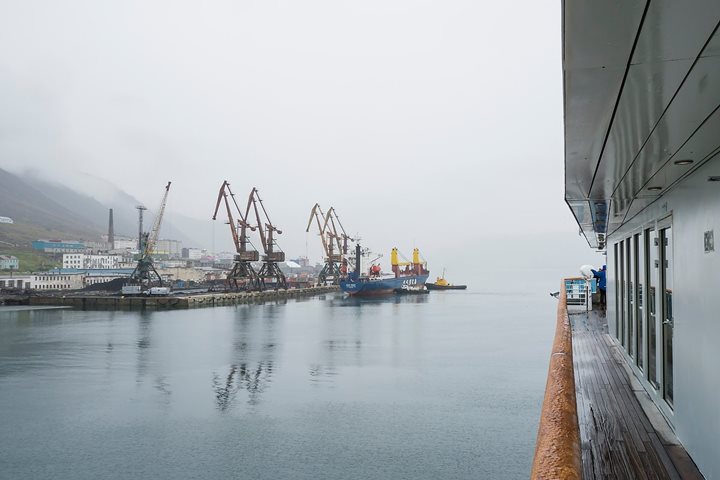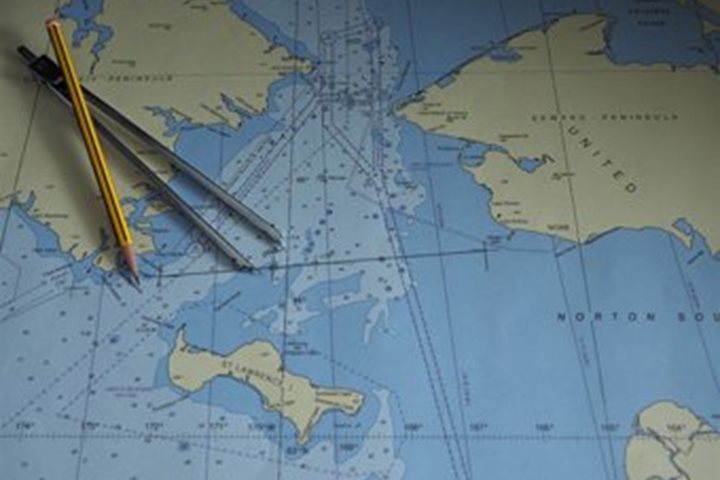Early in the morning on Monday, August 5th, National Geographic Orion sailed into her anchorage on glassy calm seas just off Bering Island.
Vitus Bering, born in 1681, was a Danish explorer who became a sailor at the young age of 18. He worked his way up to the rank of captain and made it his mission to explore the region which now bears his name. In 1741, as Bering and his team sailed back towards Russia from America, he became too ill to hold control of his ship and disembarked on Bering Island. The uninhabited Commander Island became his gravesite, as he never again regained his health.
As guests headed ashore to Bering’s final resting place, they were surrounded by beauty in every direction. Soft light hit the still water, bouncing with silvery reflection. Once on the beach, high grasses and abundant wildlife welcomed folks. A twisting creek, inconspicuous and slow, sat to the south of the landing site. With closer inspection, the natural history staff found the creek full of pink salmon bounding upstream! This species, one of the six Pacific salmon species found in these waters, only spends two years at sea before completing its anadromous lifecycle by spawning in its natal freshwater stream. Pinks are also known as humpbacks, for the tall shoulder bump the males develop before they spawn.
Salmon are not the only wildlife the staff encountered on Bering Island. Foxes inhabit this piece of land, hunting for fish and small mammals. The fox, a small predator, is equipped with bright eyes, brave demeanor, and swift feet.
After a beautiful morning landing, the ship sails north to our next destination. An afternoon at sea provided educational talks about camouflage in the ocean, culture in the Arctic north, and tundra ecology.







